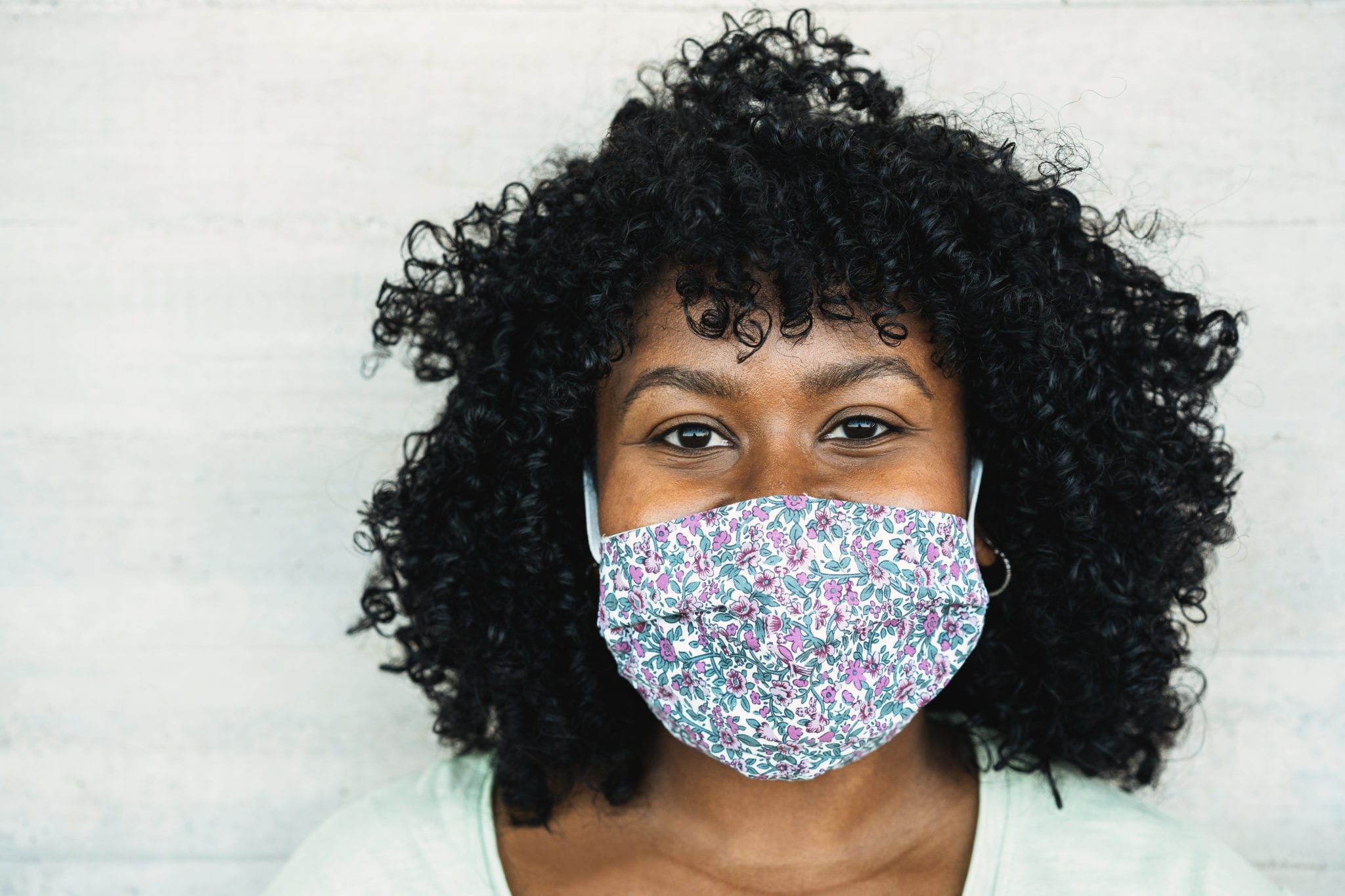 By now we all know how important community-wide masking is to prevent the spread of Covid-19. Since this virus is primarily spread by respiratory particles, which are emitted from your mouth even when you are breathing at a normal rate, we need to capture these particles in masks in order to prevent others from breathing in the virus and getting infected. In addition, scientists believe 50-75% of people who are infected are completely asymptomatic, meaning they have no symptoms (like cough, fever, or shortness of breath). Therefore, because Covid-19 is spread by breathing infected particles, and since the vast majority of infected people have no idea they have the virus, community-wide, universal masking is the MOST IMPORTANT to stop the spread of Covid-19. Remember, you are wearing a mask to help protect those around you, not just yourself.
By now we all know how important community-wide masking is to prevent the spread of Covid-19. Since this virus is primarily spread by respiratory particles, which are emitted from your mouth even when you are breathing at a normal rate, we need to capture these particles in masks in order to prevent others from breathing in the virus and getting infected. In addition, scientists believe 50-75% of people who are infected are completely asymptomatic, meaning they have no symptoms (like cough, fever, or shortness of breath). Therefore, because Covid-19 is spread by breathing infected particles, and since the vast majority of infected people have no idea they have the virus, community-wide, universal masking is the MOST IMPORTANT to stop the spread of Covid-19. Remember, you are wearing a mask to help protect those around you, not just yourself.
But what mask should we wear? A study recently performed by scientists at the University of Chicago looked at different fabric types and their ability to capture respiratory particles. The results: A mask made of one layer of densely-woven cotton (at least 600-thread count) and a layer of silk works very well to capture small and large particles. The high thread count is really important – an average T-shirt has a thread count of only 40-50, so look to bedlinens for high thread counts required for the mask. Another option is to combine the cotton layer with 2 layers of spandex or polyester to achieve similar results.
However, we live in Central Texas, and we need to adapt our mask to the summer heat. The heat and humidity can wreak havoc on our skin, especially with an unforgiving mask on. I recommend making a mask comprised of two layers of Dri FIT (or something similar) fabric. Dri FIT is a synthetic, polyester fabric meant to wick away perspiration – sounds perfect for our climate, right! I also like this fabric because it conforms to the face, allowing for a good, tight fit. A mask that doesn’t fit properly, resulting in gaps, is 50-60% less effective than one that has no gaps.
Even with the best-fitting mask made of the least irritating fabric, the skin around the mouth and nose can still get irritated or develop acne. All of us at Sanova Dermatology are seeing patients with “maskne”, for example. What to do? Well, I can tell the most important thing to do is NOT start exfoliating or using abrasive scrubs. Now is the time to support the “barrier” of the skin, meaning to allow it to heal itself by ensuring that it can effectively protect against the environment and maintain its own hydration. Start with using gentle cleansers and moisturizers – Cerave, Cetaphil, Aveeno and Neutrogena all have great cleansers meant to be extremely gentle and non-irritating. These brands also sell non-comedogenic (meaning won’t cause acne) moisturizers and sunscreens. Wash with a gentle cleanser twice daily, use a moisturizing SPF in the morning and gentle lotion at night. If, after doing this consistently for 2 weeks, your skin is not getting better, then you need to make an appointment with one of our board-certified Dermatologists or experienced Physician Assistants. We can help resolve your maskne!
For more information on this, watch Dr. Ted Lain’s interview with Fox 7 News: https://www.fox7austin.com/video/833469
Visit our location page to find the Sanova Dermatology location nearest you!
